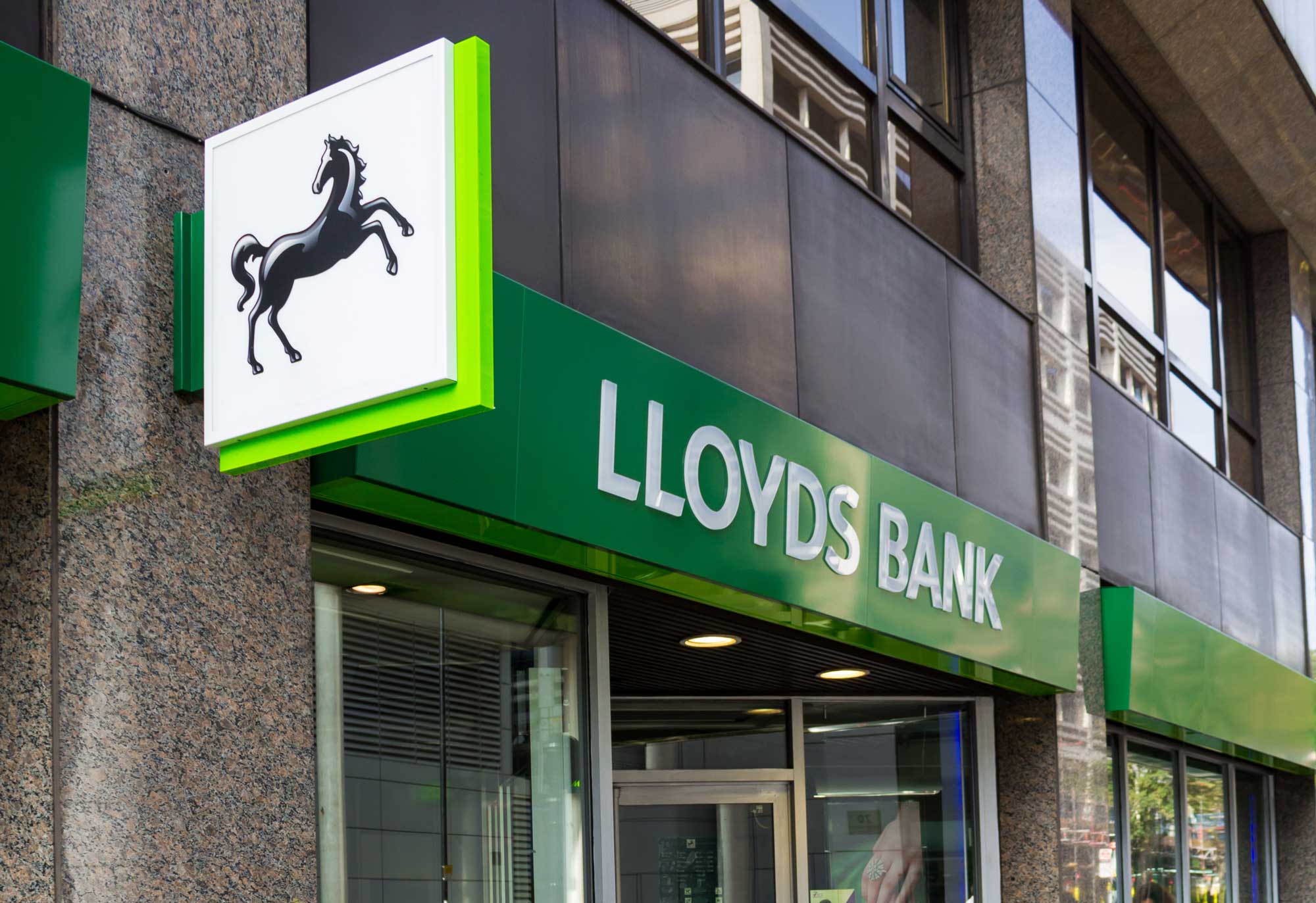Lloyds, Halifax and Bank of Scotland raise overdraft rates to 49.9% for some customers
Customers with Lloyds Banking Group will see their overdraft rates more than double in some cases
22nd January 2020 15:17
by Stephen Little from interactive investor
Customers with Lloyds Banking Group will see their overdraft rates more than double in some cases

Millions of Lloyds, Halifax and Bank of Scotland could see their overdraft rates go up to as much as 49.9% from April.
From 6 April, Lloyds Banking Group will be charging overdraft users a new personalised rate depending on their credit score.
Lloyds says that most customers will pay 39.9% while those with a Club Lloyds account will pay 27.5% interest.
However, customers with a poor credit history who fall under its ‘risk-based’ pricing model could end up paying a rate of 49.9%.
Lloyds says that the fee-free buffer will also be reduced to £50 on some accounts, while those with a Premier account will see it fall to £250.
Arranged overdrafts and student or graduate accounts will remain free.
Currently, Lloyds charges 1p for every full £6 you borrow up to £1,250, 1p for every further full £7 you borrow between £1,250 and £2,500, and then a further 1p for every full £8 you borrow over £2,500.
A spokesperson from Lloyds says: "We are writing to our customers to explain the new overdraft rates that will apply from April 2020. As a result of these changes, 90% of customers with an overdraft will pay less than they do today.
“The majority of customers will pay the APR of 39.9% on most of our current accounts, 27.5% on our Club Lloyds account. Customers will be offered a personalised overdraft rate, up to 49.9%, depending on their circumstances. We have not charged unarranged overdraft fees or returned item fees since 2017, and this will not change.”
Lloyds says 90% of its customers with an overdraft will now pay less and everyone will pay a lower rate on their borrowing. Of those that will pay more, the average monthly increase is £1.89 and no-one will pay more than £10 extra a month.
If you have a Lloyds Classic account and you are overdrawn by £500 for seven days you will pay £3.22 at a rate of 39.9%, while those on 49.9% will pay £3.85.
What are other banks charging?
The news comes after a number of similar announcements from other major banks and building societies.
The charges from Lloyds Banking Group are the highest that have been revealed so far and more than double than what you would pay on a standard credit card.
Nationwide was the first lender to announce it was introducing new overdraft charges in November with a rate of 39.9%.
Other lenders charging 39.9% include HSBC, First Direct, M&S Bank and TSB.
NatWest and RBS both charge 39.48%, while Barclays charges 35%. Monzo and Starling charge the lowest rates, starting at 19% and 15%, respectively.
Why is this happening?
Under new plans from the Financial Conduct Authority, banks and building societies will no longer be able to charge higher interest rates on unarranged overdrafts than they do on arranged ones from 6 April.
They will also not be allowed to charge fixed fees for overdrafts. Instead they will have to introduce a simple interest rate.
The watchdog has done this to remove expensive unarranged overdraft charges of up to £5 a day in some cases.
However, with most banks and building societies charging 40% for overdraft fees, the move has drawn widespread criticism, with fears customers could end up paying even more.
John Crossley, head of money at Comparethemarket, says: "Lloyds has said it will decide a customer’s interest rate based on their credit rating – similar to Monzo and Starling – but customers with a low credit score could see their overdraft rates jump as high as nearly 50% - the highest amount we’ve seen announced so far.
“Customers should take note of these new overdraft rates and consider switching current account to a better deal with potentially lower overdraft rates. Equally, if you need to borrow money, using a 0% credit card can be a more cost-effective option than dipping into your overdraft.”
This article was originally published in our sister magazine Moneywise, which ceased publication in August 2020.
These articles are provided for information purposes only. Occasionally, an opinion about whether to buy or sell a specific investment may be provided by third parties. The content is not intended to be a personal recommendation to buy or sell any financial instrument or product, or to adopt any investment strategy as it is not provided based on an assessment of your investing knowledge and experience, your financial situation or your investment objectives. The value of your investments, and the income derived from them, may go down as well as up. You may not get back all the money that you invest. The investments referred to in this article may not be suitable for all investors, and if in doubt, an investor should seek advice from a qualified investment adviser.
Full performance can be found on the company or index summary page on the interactive investor website. Simply click on the company's or index name highlighted in the article.